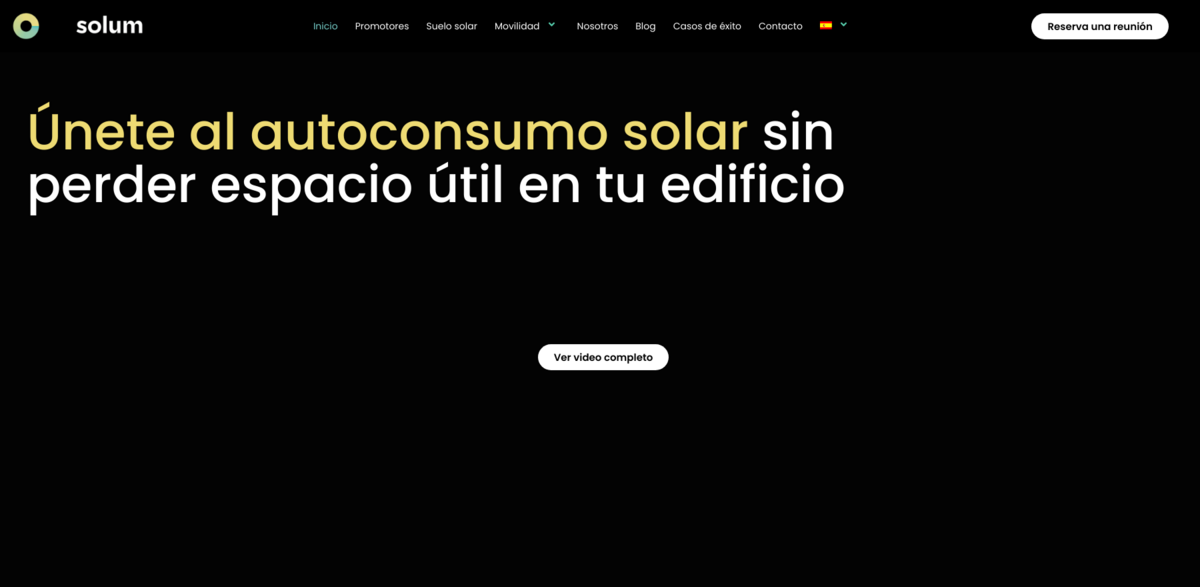What Is the Solar Pavement Project by Solum?
Imagine turning your terraces and rooftops into active sources of clean energy without losing any useful space… That’s exactly what Solum’s innovative solar pavement, Arena, offers. This photovoltaic pavement is designed to function as technical flooring for outdoor areas like terraces and roofs, seamlessly integrating solar energy generation into spaces that were previously just empty or underused. Born from a bold vision to harness urban spaces for renewable energy, Solum—a leading Spanish technology company founded in 2019—has developed this groundbreaking solution after more than two years of research and development. The result? A solar floor that doesn’t just produce electricity but also maintains the aesthetics and functionality of your building’s outdoor areas.
Main Benefits of the Solar Pavement Arena
Why choose Arena? Because it’s more than just solar panels on the ground. It’s a smart, efficient, and sustainable way to maximize energy savings while enhancing your property’s value. Here are some key facts and figures that highlight its impact:
- Transforms terraces and roofs into energy-generating surfaces without sacrificing space
- Supports sustainable architecture through Building Integrated Photovoltaics (BIPV) technology
- Helps reduce electricity bills by enabling energy self-consumption
- Contributes to obtaining prestigious certifications like LEED and BREEAM, boosting property competitiveness
- Includes solar parking and charging points for personal mobility vehicles, promoting sustainable urban mobility
Building Integrated Photovoltaics: The Future of Sustainable Architecture
Building Integrated Photovoltaics (BIPV) technology is at the heart of Solum’s solar pavement. This approach integrates solar energy generation directly into the building’s structure—like floors and roofs—rather than adding bulky panels on top. The benefits? Increased energy efficiency, improved aesthetics, and a smarter use of space. By converting previously unused outdoor areas into power generators, BIPV technology helps buildings become nearly zero energy buildings, a crucial step toward sustainability and energy independence.
Electric Mobility Meets Renewable Energy
Solum isn’t just about solar floors. The company also pioneers solutions for electric mobility by manufacturing solar-powered parking and charging stations for personal mobility vehicles such as electric scooters and bicycles. Thanks to their patented photovoltaic pavement, these charging points can be installed independently anywhere in the city, ensuring renewable energy is always close to where it’s needed. This integration supports the growing trend of sustainable urban transport, making cities greener and more efficient.
Maximizing Energy Savings Without Compromise
One of the standout features of Arena is its ability to maximize solar energy generation without giving up a single square meter of usable space. This means building owners and architects can design attractive, functional outdoor areas that also serve as energy producers. The solar pavement is not just a product; it’s a game-changer for urban sustainability, helping reduce electricity costs and carbon footprints simultaneously. Plus, it enhances the economic performance and market value of properties by aligning with global sustainability standards.
Project Impact: Linking to Sustainable Development Goals (SDGs)
- SDG 7: Affordable and Clean Energy – Promotes access to renewable energy through innovative solar technology.
- SDG 11: Sustainable Cities and Communities – Supports sustainable urban development with integrated solar solutions.
- SDG 12: Responsible Consumption and Production – Encourages efficient use of resources and energy self-consumption.
- SDG 13: Climate Action – Helps reduce greenhouse gas emissions by generating clean electricity.
- SDG 9: Industry, Innovation, and Infrastructure – Advances innovative photovoltaic technology for urban environments.
Solum’s Vision for a Sustainable Urban Future
At its core, Solum’s solar pavement project represents a shift in how cities think about energy and space. By turning overlooked outdoor areas into power generators, it brings renewable energy closer to where it’s consumed, reducing transmission losses and boosting efficiency. This innovation not only supports sustainable mobility and green architecture but also paves the way for smarter, more resilient urban environments. With Arena, the future of sustainable cities looks brighter—and a little bit sunnier.





















